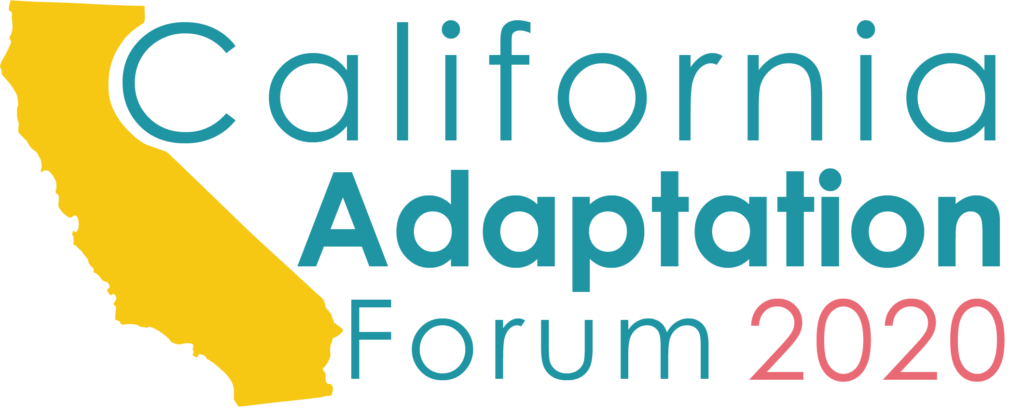This past year has been one of extremes in California. In 2017, we experienced all-time temperature highs (statewide and regionally), a deadly heat wave, the most destructive and lethal wildfires in the state’s history, and the second wettest winter on record following a historic five year drought. The impacts have been staggering: many lives lost, thousands of properties destroyed, and costly infrastructure damage.
We know that extreme weather events will become more common and intense as a result of climate change. Such events amplify threats to infrastructure across the state, endangering community well-being, public health and safety, and the economy. A recent white paper released by Union of Concerned Scientists in November 2017 – Built to Last: Challenges and Opportunities for Climate-Smart Infrastructure in California –makes the case for investing limited public resources in infrastructure that can withstand climate change impacts and keep Californians safe.
A better path forward
Extreme weather-related infrastructure disruptions in recent years – from power losses and train derailments to bridge and spillway failures, road closures, and low water supplies – provide us with a sobering preview of the future challenges facing California’s infrastructure systems. (See this map for other recent examples.) The type, frequency, and severity of these climate-related hazards will vary by location, but no region of California or infrastructure type will be left untouched.
While the state of our dams, pipes, levees, bridges, and roads is mediocre at best (they received a combined C- on ASCE’s 2012 report card and the 2017 report card highlights continued problems), the need to upgrade or replace our water, power, and transportation systems is a golden opportunity to plan, design, and build these systems with climate resilience in mind.
What is climate-smart infrastructure?
Climate-smart infrastructure is designed and built with future climate projections in mind, rather than relying on past data that are no longer a good predictor of our climate future. Instead of leaving communities and the economy high and dry, overheated, or underwater, it bolsters their resilience to the impacts of extreme weather and climate change.

Climate-smart infrastructure also reduces heat-trapping emissions, spends limited public funds wisely, and prioritizes equitable infrastructure decisions. This last point is important because some communities in California are more vulnerable to both climate impacts and infrastructure failure due in part to decades of underinvestment and disinvestment, especially many low-income communities, communities of color, and tribal communities.
Application of these and other climate-smart infrastructure principles can result in innovative infrastructure solutions, like the Blue Lake Rancheria microgrid, that bring social, economic, health, and environmental benefits to Californians AND protect us from the weather extremes we are inevitably facing. Other examples of the principles in action can be found here and a storymap of examples here.
We’re just getting started
The Golden State is beginning to integrate climate change into its plans and investments and recently released high-level guidance for state agencies. These and other efforts underway at the state level must be accelerated and implemented in a consistent and analytically rigorous, climate-smart manner.
This is especially important in light of the billions of taxpayer dollars the state is planning on spending on new long-lived infrastructure projects. And many more billions will be spent on maintenance and retrofitting of existing infrastructure over the next few years. These projects must be able to function reliably and safely despite worsening climate impacts over the coming decades. Otherwise, we risk building costly systems that will fail well before their intended lifespans.
Barriers can be overcome
There are still many reasons why public infrastructure is not being upgraded or built today in a more consistently climate-smart way. They generally fall into three categories: (1) inadequate data, tools, and standards; (2) insufficient financial and economic assessments and investments; and (3) institutional capacity and good governance are lacking.
For example, many engineers, planners, and other practitioners still don’t have enough readily usable information to easily insert climate impacts into their existing decision-making processes and economic analyses. The recently established Climate-Safe Infrastructure Working Group in California is working to address this gap by evaluating key needs and developing recommendations for better integrating climate impacts into state infrastructure design processes. It will report its findings to the California Legislature in Summer 2018.
In addition, there has not been enough attention focused on the unique risks and infrastructure vulnerabilities faced by low-income communities, communities of color, and other underserved communities. They face both an “infrastructure gap” and a “climate gap” that can leave disadvantaged communities more vulnerable to climate-related infrastructure failures.
Improving and accelerating the integration of climate-smart principles into public sector infrastructure decisions can help to overcome these and other barriers that we identified in our white paper. For instance, we recommend increasing state and local government staff’s technical capacity and updating standards and codes to better incorporate climate-related costs and criteria, as well as climate resilience benefits, into project evaluations and funding decisions. Other recommendations include better planning in advance for more climate-smart disaster recovery efforts, ensuring better interjurisdictional coordination at the local and state government levels, and addressing the funding gap. (See the white paper for additional recommendations and specifics.) Because all infrastructure solutions should help advance more equitable outcomes, equity is integrated throughout these recommendations.
Building to last? There’s reason for optimism
Progress is being made, as evidenced by the recent state actions mentioned above and a growing number of climate-smart projects, local solutions, and pending bills in California. For example, Los Angeles has begun a process to update its building codes, policies, and procedures, called Building Forward L.A. San Francisco is incorporating sea level rise into its capital planning. A variety of novel funding mechanisms for these types of infrastructure investments are arising. On the legislative front, several relevant bills are pending currently in the California legislature, including SB 262 (Weickowski) to enhance the state’s technical capacity by strengthening the state’s clearinghouse for climate adaptation information, and SB 1072 (Leyva), which would establish regional climate collaboratives to, in part, help under-resourced communities access state climate adaptation programs.
But we need more, and soon, to help inform the tough decisions ahead as we adapt to climate change and invest in long-lived infrastructure projects. By seizing current opportunities to spend public resources in climate-smart ways, California governments can ensure that the state’s infrastructure provides our communities and businesses with the services necessary to thrive now and in a changing climate future.
This blog was adapted from an earlier published version.
 |
Jamesine Rogers Gibson is the Western states senior climate analyst for the Climate & Energy program at the Union of Concerned Scientists, and is based in the Oakland, CA office, working to advance climate solutions in California, Oregon, and Washington. |

